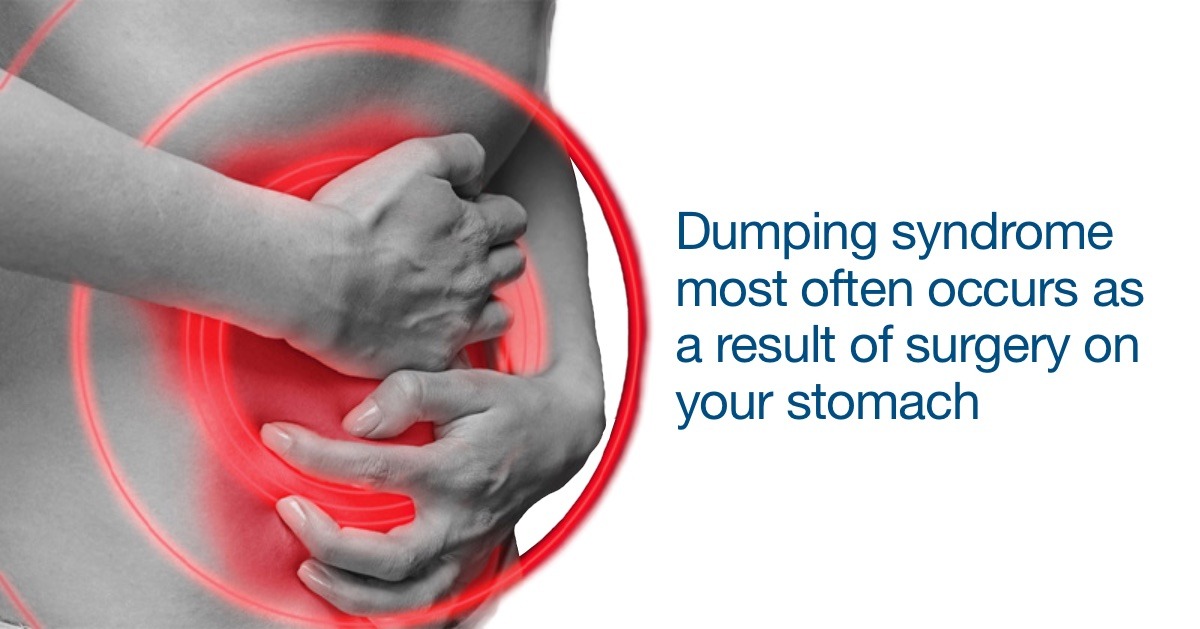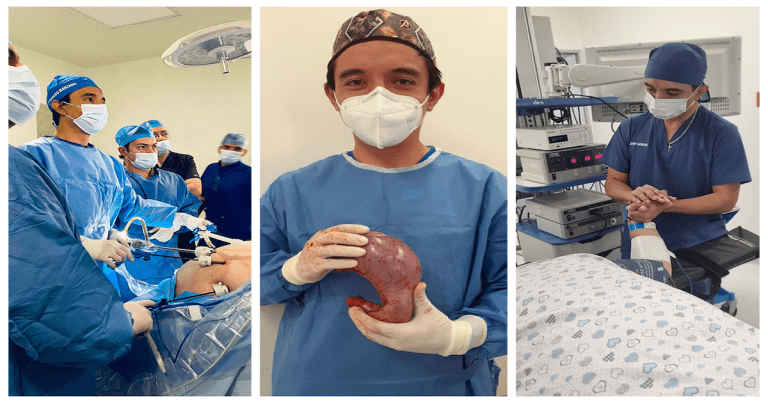Dumping Syndrome
Suppose you want a gastric sleeve gastrectomy or gastric bypass (RYGB). In that case, you may be concerned about gastric dumping syndrome. It is simply known as dumping syndrome. This is a medical condition.
A study published in PubMed found that 26.5% of gastric sleeve patients experienced dumping syndrome. For patients who had RYGB surgery, PubMed reported that 41.4% of patients experienced this syndrome. However, not all studies use the same criteria. Results vary. But in general, RYGB patients do seem to experience dumping more often than gastric sleeve patients.

What is dumping syndrome? Your body’s digestive system is designed to gradually release digested food into the small intestine for absorption. It is controlled by nerves, muscles, and hormone signals. The process is called gastric motility.
Both gastric sleeve surgery and gastric bypass involve changing the size of the stomach. In the case of RYGB, the surgeon also rearranges the small intestine, bypassing a portion of it. Both surgeries can alter the normal functioning of the stomach. It affects its ability to regulate the passage of food into the small intestine.
Suppose your digestive system gets thrown out of whack by gastric sleeve or RYGB surgery. In that case, the stomach may dump its contents into the small intestine before it finishes digesting the food. Hence the term “dumping syndrome.” Patients may experience nausea, abdominal cramps, bloating, rapid heart rate, dizziness, and diarrhea shortly after eating. They may also experience confusion and difficulty concentrating.
Symptoms may also occur hours after eating. The sudden release of sugars into the system results in sharp changes in sugar levels. First, sugar levels rise as excess sugar enters the bloodstream. Then, the pancreas responds by releasing extra insulin, which may result in a sudden drop in sugar. The sudden drop may cause symptoms like flushing, sweating, weakness, shakiness, faintness, and heart palpitations.
Gastric dumping syndrome is typically managed through diet and lifestyle changes. In some cases, medication and/or surgery may be necessary. Avoid sugary foods and limit dairy products and alcohol.
Another solution is to have smaller, more frequent meals. A low-carbohydrate diet that reduces simple sugars can minimize symptoms. High-protein, high-fiber foods also help regulate the digestive process. It helps maintain stable blood sugar levels. Drinking liquids between meals rather than during meals can help prevent rapid gastric emptying. Otherwise, drinking fluids with your meal may increase the speed at which food moves from your stomach into your small intestine. Drinking fluids 30 minutes before or after eating allows your body to better absorb nutrients from your food. It is important, however, to stay hydrated. Be sure to discuss your nutritional needs with your medical provider.
Please consult with one of
our professionals today.
We are here to help you.
You may also have to take medication to slow gastric emptying. It can help reduce your symptoms. Two often prescribed are octreotide and acarbose. Your medical professional can discuss this option with you in more detail.
In severe cases where diet and medication do not help, reconstructive surgery may be recommended. It may be necessary to surgically correct the original surgery or to modify the stomach and digestive tract to reduce symptoms.
Other lifestyle changes include resting after meals. Lying down for 20-30 minutes after eating can help slow the stomach’s emptying. Keep a food diary as well. It can help determine which foods trigger symptoms.
Gastric dumping syndrome can significantly impact the quality of life. It is more common after certain types of gastric or esophageal surgery. Always consult your healthcare provider if you experience the symptoms described above. Remember that recognizing and responding to these symptoms with appropriate dietary and medical changes can help you minimize the problem.






